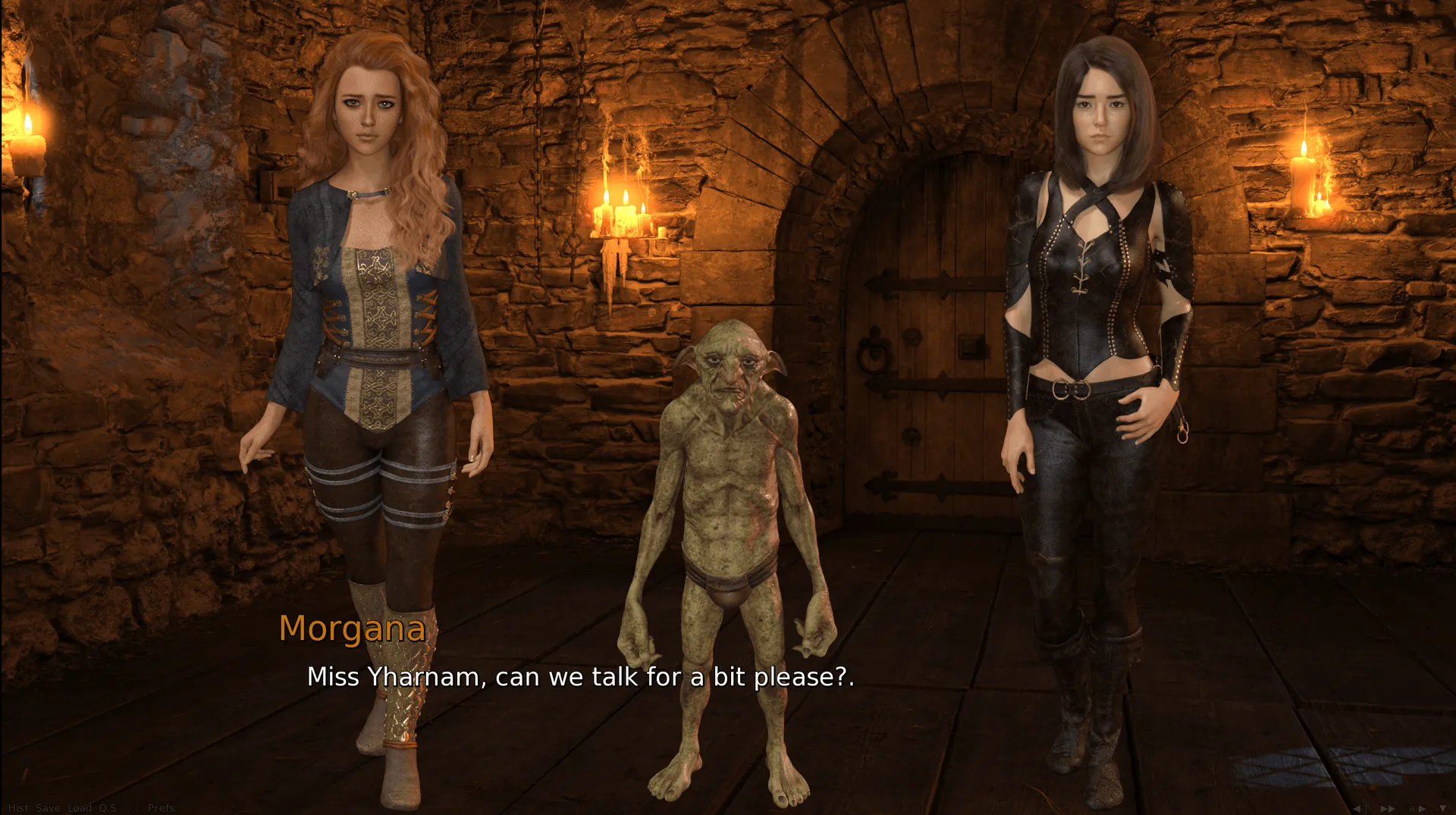
Between Humanity
Play Between Humanity
Between Humanity review
Exploring the Features, Gameplay, and Unique Appeal of Between Humanity
Between Humanity is a distinctive game that blends immersive storytelling with interactive gameplay, captivating players with its unique themes and character dynamics. This article delves into the core aspects of Between Humanity, offering insights into its gameplay, narrative, and what makes it stand out. Whether you’re a curious newcomer or a dedicated player, this guide provides a comprehensive overview to enhance your experience.
Understanding Between Humanity: Gameplay and Storyline
What is Between Humanity?
Ever stumbled into a game that feels less like pixels on a screen and more like a heart-to-heart conversation? 😍 That’s Between Humanity for you—a narrative-driven adventure where every whisper, shout, and awkward silence reshapes your journey. At its core, the Between Humanity game is an interactive drama blending visual novel storytelling with RPG-lite mechanics. You play as Alex, a conflicted medic navigating a war-torn city where factions clash over dwindling resources. Your mission? Broker peace or ignite chaos—your call.
What hooked me instantly was its “no backseat driving” philosophy. Unlike games where choices feel decorative, here they’re surgical tools. I remember ignoring a desperate refugee early on, only to find them leading a riot against my clinic later. 🚨 Whoops. That’s the magic—the Between Humanity narrative treats your decisions like live wires, sparking consequences that ricochet for hours.
Genre-wise, it’s a hybrid beast: 60% emotional chess match, 40% resource-strategy tango. Think This War of Mine meets Disco Elysium, but with a sharper focus on human connections. The beauty? You don’t need reflexes—just empathy and guts.
Core Gameplay Mechanics
Let’s crack open the engine! The Between Humanity gameplay revolves around three pillars: dialogue webs, resource alchemy, and relationship tethers. Every interaction is a mini-game of emotional Jenga.
For example, persuading a sniper to stand down isn’t about quick-time events. You’ll dissect their fears through branching chats, maybe offer medicine for their sick child (sacrificing your own supplies), or weaponize their distrust of commanders. 🎯 Each path rewrites the battlefield’s mood—literally. Ignore a ally’s trauma, and they might sabotage your truce later.
Resource alchemy had me sweating. Scavenging isn’t just hoarding bandages and bullets. It’s about triage:
– Do I heal a dying soldier (gaining their faction’s loyalty) or trade medicine for intel?
– Save food for my team or bribe a spy? One playthrough, I bankrupted my clinic to arm pacifists—chaos ensued. 💥
But the crown jewel? Relationship tethers. Characters remember everything. Early on, I lied to a nurse about stealing antibiotics. Three chapters later, she exposed me during a ceasefire negotiation. Brutal! 😭 This is where player choices impact the world like thrown stones—ripples become tsunamis.
To visualize how mechanics feed into tension, here’s a breakdown:
| Mechanic | Player Action | Consequence |
|---|---|---|
| **Dialogue Webs** | Choose empathetic vs. pragmatic responses | Alters character trust scores; unlocks hidden story paths |
| **Resource Gambits** | Allocate limited supplies to factions/characters | Shifts power balances; triggers riots or alliances |
| **Memory System** | NPCs track promises/betrayals | Long-term loyalty perks or sabotage events |
Pro tip: Journal obsessively. The game won’t remind you that you owe the blacksmith a favor—but they’ll certainly collect. 📔
Narrative and Character Development
The Between Humanity storyline isn’t just told—it’s forged in collaboration. The plot orbits Alex’s clinic, a fragile oasis in a city splintered by the Liberty Front and Council of Mercy. But here’s the kicker: there’s no “true” villain. Just broken people making ugly choices. 😔
Character development in Between Humanity is masterclass. Take Elara, a hard-nosed Liberty Front commander. Early interactions paint her as a tyrant—until you discover she’s shielding orphans from conscription. In my playthrough, I exposed her secret to gain Council trust. Result? The orphans vanished. Gut punch. 💔 Her arc (and my guilt) haunted me for days.
Your sway over companions is equally profound. Mentor figure Dr. Reyne starts idealistic but hardens if you prioritize “winning” over healing. Let a patient die to save time? She’ll start hoarding morphine “for the greater good.” This character development Between Humanity delivers isn’t cosmetic—it’s DNA-deep.
🧠 Insight: Your choices don’t just alter endings—they mutate character cores. Play pacifist, and even warriors soften. Embrace ruthlessness? Idealists become cynics.
The Between Humanity narrative thrives on gray morality. One memorable quest had me choosing between:
– Saving a wounded enemy spy (risking my team’s safety)
– Handing them over for torture (gaining critical intel)
I picked door #3: helped them escape, then used their debt to infiltrate their network. Messy? Absolutely. Unforgettable? 💯
Woven throughout are environmental stories. Faction graffiti evolves based on your reputation. Find a discarded locket? That’s a widow’s prologue to a side quest. Even the soundtrack dims during tragic moments—a subtle gut punch. 🎧
Ultimately, the Between Humanity game proves stories aren’t about endings—they’re about echoes. Whether you broker peace or burn bridges, your legacy lingers in every scarred NPC and rewritten codex entry. Ready to leave your mark? 🔥
Between Humanity offers a rich, interactive experience that combines compelling storytelling with engaging gameplay mechanics. Its focus on player choice and character development creates a dynamic environment that keeps players invested. Whether you are exploring its narrative depth or mastering its gameplay, Between Humanity stands out as a memorable title worth experiencing. Dive in and discover what makes this game unique for yourself.




